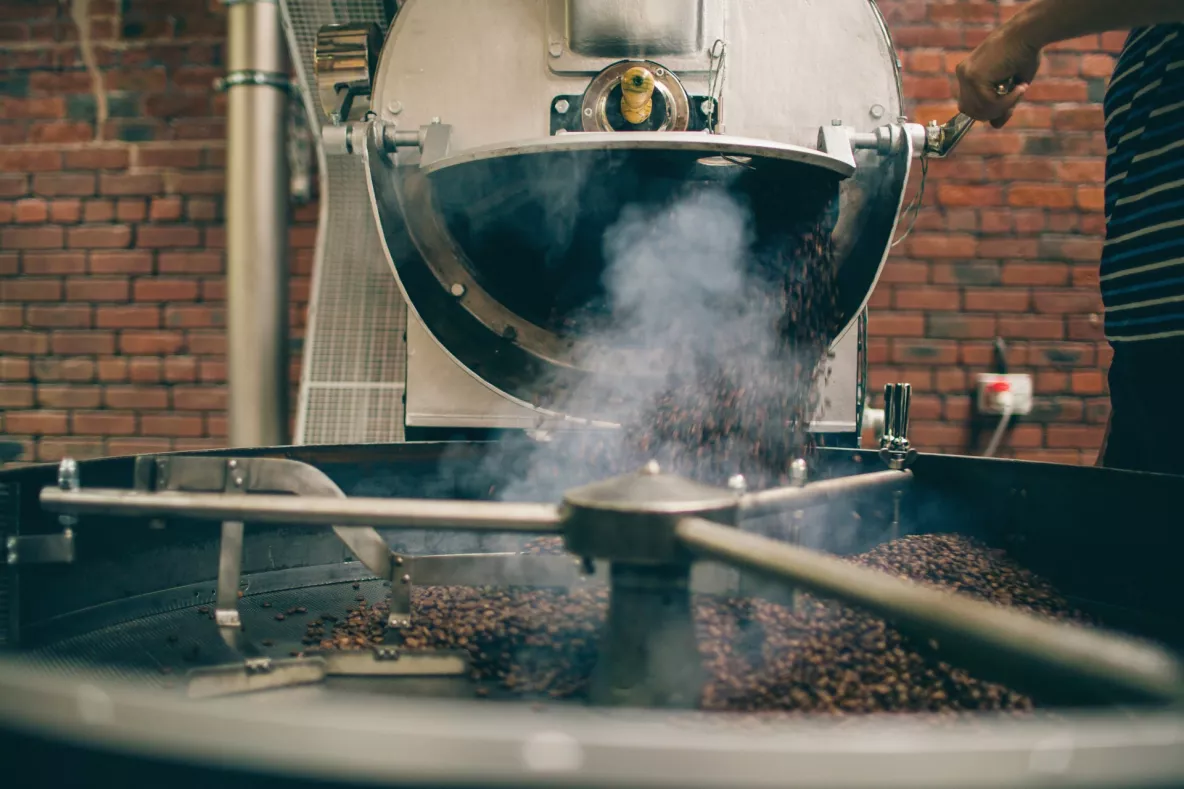
Few of the billions of coffee drinkers around the world would ever consider the science behind the drink.
But researchers at University of Limerick have shown that mathematical models could help to brew the perfect cup of coffee.
Dr Kevin Moroney, a postdoctoral researcher in UL’s Department of Mathematics and Statistics (MACSI) and Synthesis and Solid State Pharmaceutical Centre (SSPC) at Bernal in UL, and his colleague, Dr Ken O’Connell, a postdoctoral researcher in the DPTC research centre at Bernal in UL, working with industry partners, have just published research in a prominent international journal that looks at the maths behind brewing coffee.
Dr Moroney, the lead-author on the paper which has just been published by PLOS ONE, a high quality, peer-reviewed, US-based scientific journal, says that baristas and manufacturers should use the “modelling to target and ensure that you can, as much as possible, repeatedly get the quality coffee that you are looking for”.
“When people are measuring the quality of coffee brews they measure two things – the strength of the coffee, and that is just the amount of soluble material in the drink – and then they measure the amount of material that has been extracted from the dry coffee.
“The problem with how they measure it is that it is just an average measurement – when they estimate the extraction level, they assume it is uniform across the whole coffee bed. So with this paper, what we are looking at is we were modelling the flow within the coffee bed to try and capture non-uniform extraction.”
The paper shows that a greater understanding of the chemical dissolution and transport processes taking place in a single coffee grain, right up to the complicated fluid dynamics in the coffee bed, will all further assist in the hunt for quality and consistency in speciality coffee brewing.
The goal of the research is to create a mathematical set of equations to predict the quality of brewed coffee, based on the properties of coffee grounds, water used and brewing settings, Dr Moroney says.
This would, in turn, allow coffee manufacturers to develop machines that brew that elusive perfect cup of coffee.
With world coffee consumption steadily increasing, the demand on coffee appliance manufacturers to engineer a precise and reproducible process into their products is ever increasing. However, the goal of providing brewers with a guide on how to control quality for variations in conditions, remains elusive.
“If you give the same coffee to ten baristas, you will end up with ten different tasting drinks. Years ago this inconsistency was put down to the “art” of making espresso. These days it is more likely to be attributed to the “science” of making espresso,” the researchers write.
“What we are trying to show here is that the current standards maybe are not the best – and that you need to consider the uniformity of your extraction as well,” says Dr Moroney.
“So this modelling might be interesting to baristas, but it would be more interesting to manufacturers, because they can look at their specific design and they can then look at how they alter their design to ensure that their machine is more robust – basically less likely to have non-uniform extraction behaviour.
“We are trying to model how you make a cup of coffee and how you can do that better,” he added.
The paper, ‘Analysing extraction uniformity from porous coffee beds using mathematical modelling and computational fluid dynamics approaches’, is available here.